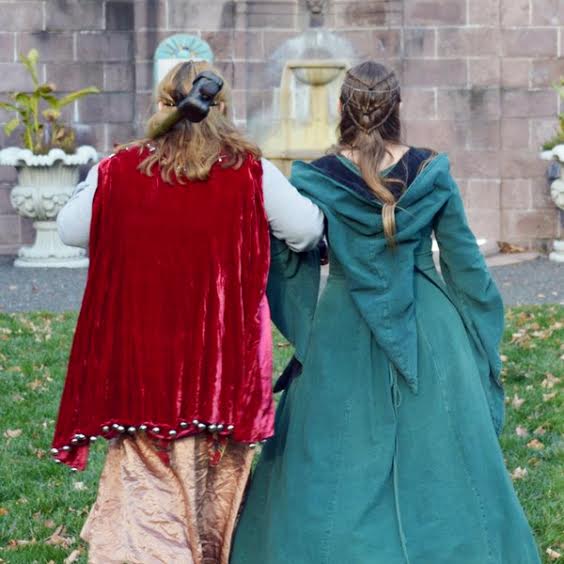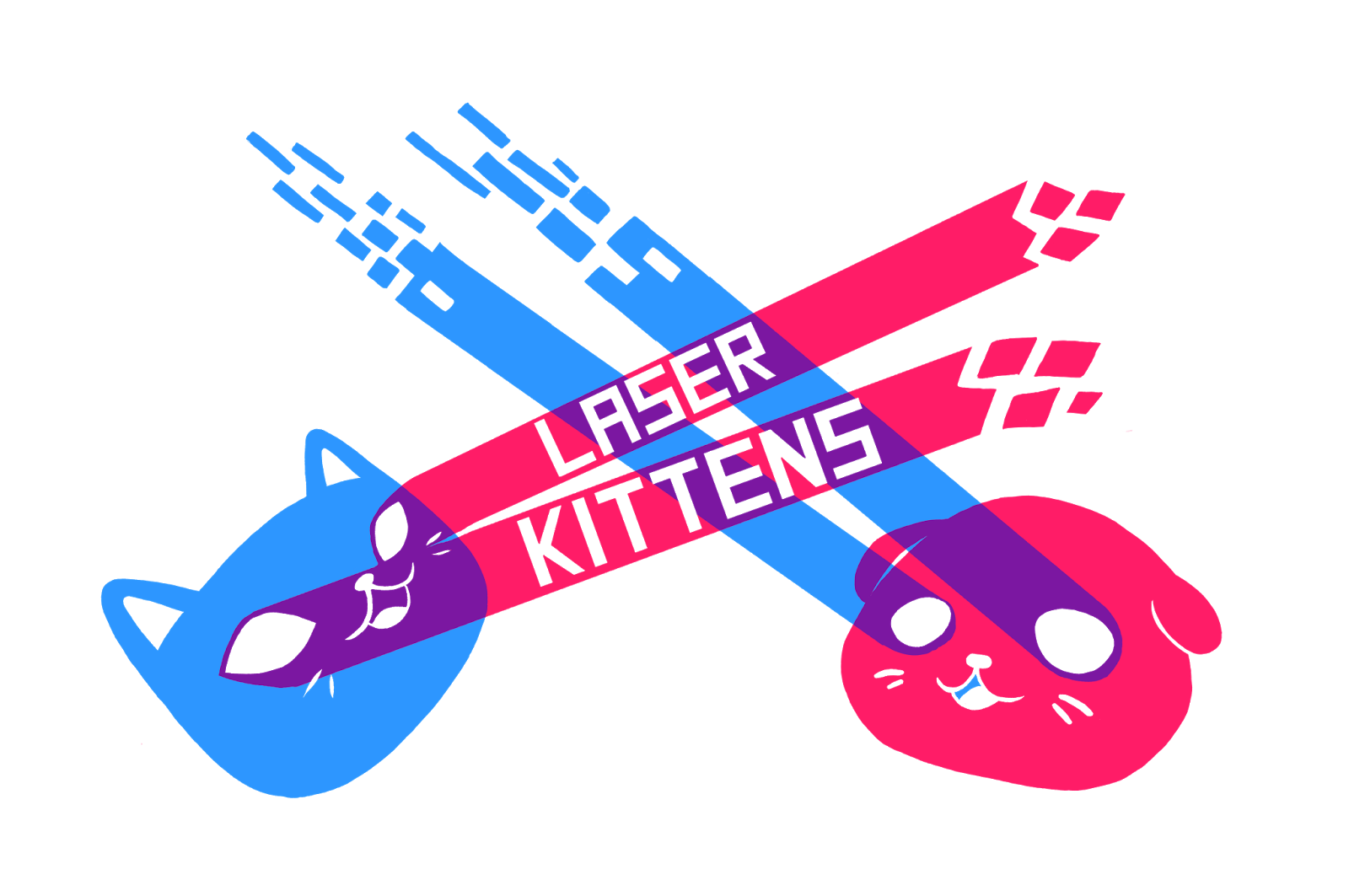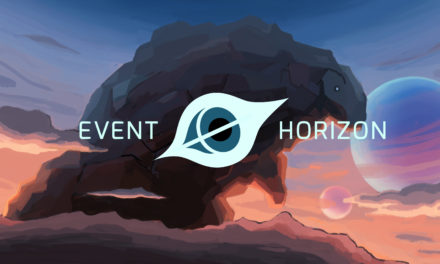Fantasy Flight Games is making the most of its affiliation with the Cthulhu mythos, offering a variety of game types for Cthulhu fans, From long-playing board games like Arkham Horror to dice-based games like Elder Sign, FFG is making the mythos its own. Last year’s addition to the collection, the Arkham Horror: The Card Game is a living card game that has been well-received. In fact, it’s so popular that the upcoming expansion is one of the most anticipated games of 2017.
But it takes more than popularity to convince us that a game is worth playing. That is, however, enough to get us to try the game out. And since it’s Cthulhu-based and we found it on sale, we bought the initial game. Here’s what we thought.
Game Description and Set Up
The Arkham Horror card game is a living card game. That means that it changes as you play. It’s not quite the same as a deck builder like High Command, but it does let you vary your card composition from game to game. Each player begins by choosing an investigator and is given the preset deck for that character. Then the players use the other cards which come in the boxed set to, as instructed, create the foes that the investigators will face. One card is the location where the investigators begin their inquiry into all things scary and horrifying.
For those familiar with the board game, the card game attempts to mimic the feel with characters losing sanity and health over the course of the campaign. Each adventure is supposed to last one to two hours and the box holds a campaign of three adventures. Each expansion adds new campaigns to the setting. Players keep the same character over the campaign, unless the character goes insane or dies. If all four of the available characters in the box are dead or insane, the players lose the campaign.
Initial set up is a little time consuming, because the cards have to be sorted into the appropriate beginning decks depending on which characters are being played. The cards are numbered which helps with this somewhat, but the numbers are tiny, so it takes a bit. The players also have to set up the challenge tokens which are the primary means of resolving tasks in the game. Which tokens are included in the mix drastically effects the difficulty of the game.
Characters have three basic ways to interact with the cards – investigate, fight or flee. Each has a skill that allows them to do these things and the cards they need to overcome will dictate how hard it is to do. Then comes the random element. The investigator draws a token out of the collection of tokens created earlier and applies that modifier to their score to see if they win or lose the test. The problem is that in the standard difficulty, only about five of the 16 tokens are actually helpful or at least not harmful to the investigator. Most of them offer negatives to the investigator’s score.
Investigators offset this by playing cards to increase their skill before drawing a token. Sometimes it even helps.
Game Play
The initial adventure for Arkham Horror: The Card Game begins with the investigators trapped in a room at the lead investigator’s house. It doesn’t matter which of you is the lead investigator except that the lead investigator goes first and sometimes nasty thing happen to the lead investigator instead of just happening randomly. Each adventure has acts and agendas.
The agenda deck is the bad things that are happening around you. Essentially, it will tell you what the situation is right now and how many doom tokens can be on the card before the situation gets worse. The act deck is the investigator’s list of goals, outlining what they need to do to stop the spread of evil. Each character gets three actions in which they can gather resources, move to another location, investigate, flee from a current monster or fight a monster. When an investigator gathers resources, they either draw a card or take a bit of money to help them buy things later. Investigating successfully yields clues. Clues are most often what the investigators need to move to the next act and prevent nasty things from happening.
When each investigator has had a turn, the bad things get to go, adding more doom to the agenda, attacking if their are monsters about, and playing mythos cards which always present some sort of hazard for the players.
At the end of the adventure, the investigators learn the consequences of their success or failure and are given the chance to add new cards to their decks based on the amount of experience they earned. For each card added to the deck, one must be removed and some can never be removed, like the basic insanity each player has at the beginning of the game. Each investigator has a character class which restricts what cards they can buy and add to their deck. They are further restricted by the cards availability. In a two player game, most cards will be available. The players may have to decide which character needs a certain card more. The game can support up to four players, but each box only has enough basic cards for two players.
What We Thought
This game captured the frustration of Cthulhu investigators very well. In the early adventure, it was fairly easy for the characters with very little long-term damage. Even then, the use of the random tokens meant that nothing was ever a sure thing. We did really well in the first two adventures, gaining a lot of experience points and upgrading our investigators. And then the third adventure destroyed us. Even as well-equipped as we thought we were, we got our butts kicked. Thankfully, the game is enjoyable enough that we’ve decided to go back and play that third adventure again to see if we can beat it.
What we really liked about the game is that it captures the feel of the Cthulhu mythos very well. It often felt like we had the game well in hand only to have to scramble after some unexpected evil attacked. It played well as a two-player game and while we know the story of the first campaign at this point, there is enough variability in the card draws and the investigators that we could play it again.
The reality though is with so many good games out there and so many great expansions for this one, we will probably only replay the final adventure. So the game suffers in my mind in the value category because most people aren’t going to replay those adventures. For a game that is at least $35 online, the initial play through time may not be worth the expense. On the other hand, we are likely to buy the expansions so that we can play additional campaigns. I just might cringe a bit at the cost per hour of entertainment ratio. Or maybe not. We took about five hours to play the first adventure so about $7 per hour for both of us to have fun.
The game itself is a lot of fun, but definitely look for it on sale.





